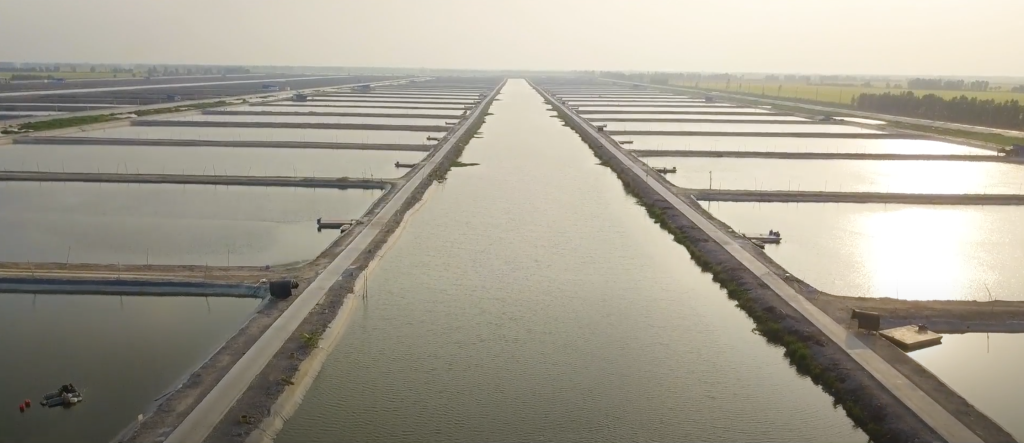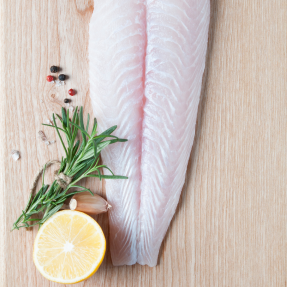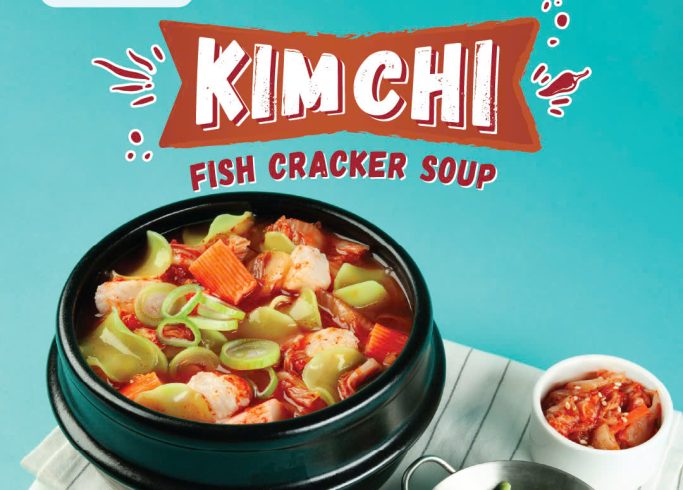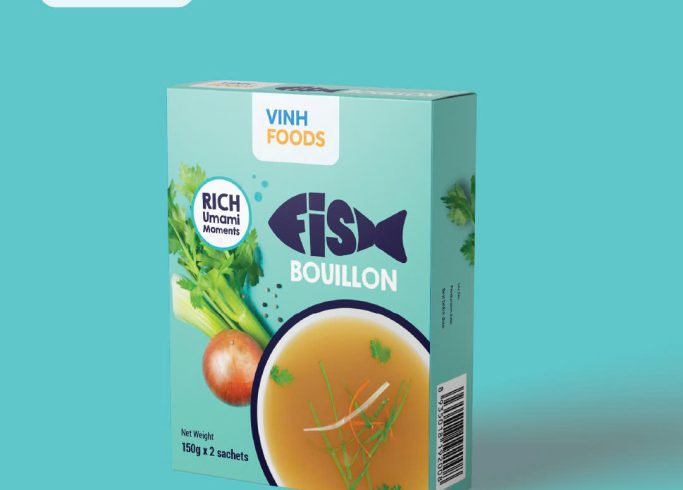Pangasius Fish: A Captivating Journey from Farm to Table
06 June 2023
Pangasius fish, also known as pangasius swai or basa pangasius, has gained tremendous popularity in the seafood market for its mild flavor, versatility, and affordability. But have you ever wondered about this delicious fish’s journey from the farm to your table? In this article, we will take you behind the scenes, shedding light on the fascinating process of bringing pangasius fillets to your plate while ensuring transparency and quality assurance at every step.
Table of Content:
- Advancing farming nowadays
- Pangasius Fillet Processing
- Vinh Hoan Corporation: the trusted pangasius producer and manufacturer
Advancing pangasius farming through innovative techniques
The pangasius farming practice has significantly advanced, surprising those who delve into its origins over the past 25 years. The farmers have embraced innovative and modern methods to ensure optimal growth and quality in Vietnam, where pangasius fish is primarily cultivated.
Today, pangasius fish are raised in carefully controlled environments, such as ponds and basins. These controlled environments allow farmers to monitor and regulate essential factors like water quality, temperature, and feeding patterns, ensuring the well-being and healthy development of the swai pangasius fish. Vinh Hoan, the largest pangasius producer, applies vaccination programs for fish to improve fish welfare policies. Vinh Hoan minimizes the environmental footprint and delivers a product of exceptional quality to consumers by carefully managing water usage and feed allocation. Nutrition is another critical aspect of basa pangasius farming. Farmers provide the fish with specialized feeds formulated to meet their nutritional needs. These feeds contain a balanced blend of proteins, vitamins, and minerals, contributing to the fish’s rapid growth and optimal health.
In addition to the advancements in farming techniques, traceability and transparency have become paramount. Farmers, like Vinh Hoan Corporation, implement comprehensive traceability systems that track the fish from the farms to the consumers’ table. This allows consumers to make informed choices and ensures that their fish meets rigorous quality and safety standards. Pangasius farms increasingly seek certification from reputable organizations to enhance sustainability and consumer confidence further. Certifications such as the Aquaculture Stewardship Council (ASC), Global GAP, or Best Aquaculture Practices (BAP) assure that the farming practices meet rigorous environmental and social standards. Additionally, implementing traceability systems allows consumers to track the origin of the Pangasius they purchase, promoting transparency and accountability throughout the supply chain.

Prioritizing Safety and Quality in Pangasius Fillet Processing
Fish processing has significantly improved in recent years, prioritizing quality and safety.
-
Harvesting and Handling
When fish reach the desired size, they are carefully harvested using responsible and humane practices. The fish are swiftly transported to processing facilities to maintain their freshness and quality. During this stage, strict protocols are followed to minimize stress on the fish and maintain their well-being.
-
Filleting and Portioning
Fish filleting is an exact process utilizing advanced machinery and skilled workers. The fish is meticulously filleted to remove the skin and bones, making boneless and skinless fillets ready for further processing or packaging. Special care is taken to ensure consistent portion sizes, providing convenience for consumers and food service establishments.
-
Food Safety and Hygiene
Maintaining food safety and hygiene is paramount in pangasius fillet production. The processing facilities adhere to strict sanitation protocols to prevent contamination and ensure a clean and hygienic environment. All personnel involved in the process follow proper hygiene practices, including the use of personal protective equipment, to minimize the risk of any foodborne illnesses.
-
Quality Control and Traceability:
Rigorous quality control measures are implemented throughout the process to guarantee product integrity. Random samples are tested for freshness, microbiological safety, and chemical residues. Additionally, advanced traceability systems are in place to track the fillets from the processing facilities back to the farms, ensuring transparency and accountability.
The trusted pangasius producer and manufacturer: Vinh Hoan Corporation
As a prominent player, Vinh Hoan Corporation plays a vital role in farming, processing, and delivering pangasius fish to consumers worldwide. With their unwavering commitment to quality, sustainability, and innovation, Vinh Hoan is a crucial driver behind the journey of this fish, ensuring a safe and delightful dining experience for consumers around the globe. Often referred to as this, whitefish has become a favorite choice for seafood enthusiasts worldwide. Vinh Hoan provides convenient and premium pangasius fillets sourced from sustainable aquaculture. Not only satisfied with dominating the market through environmentally friendly manufacturing processes and superior product quality but also Vinh Hoan also strives to earn prestigious certifications such as the following: BAP 4-Star and ASC certified, traceable to source and batch; This is how Vinh Hoan establishes its position practically and specifically.
Contact Vinh Hoan to learn more about transparent pangasius fish sourcing practices and make informed decisions about the seafood you consume.















